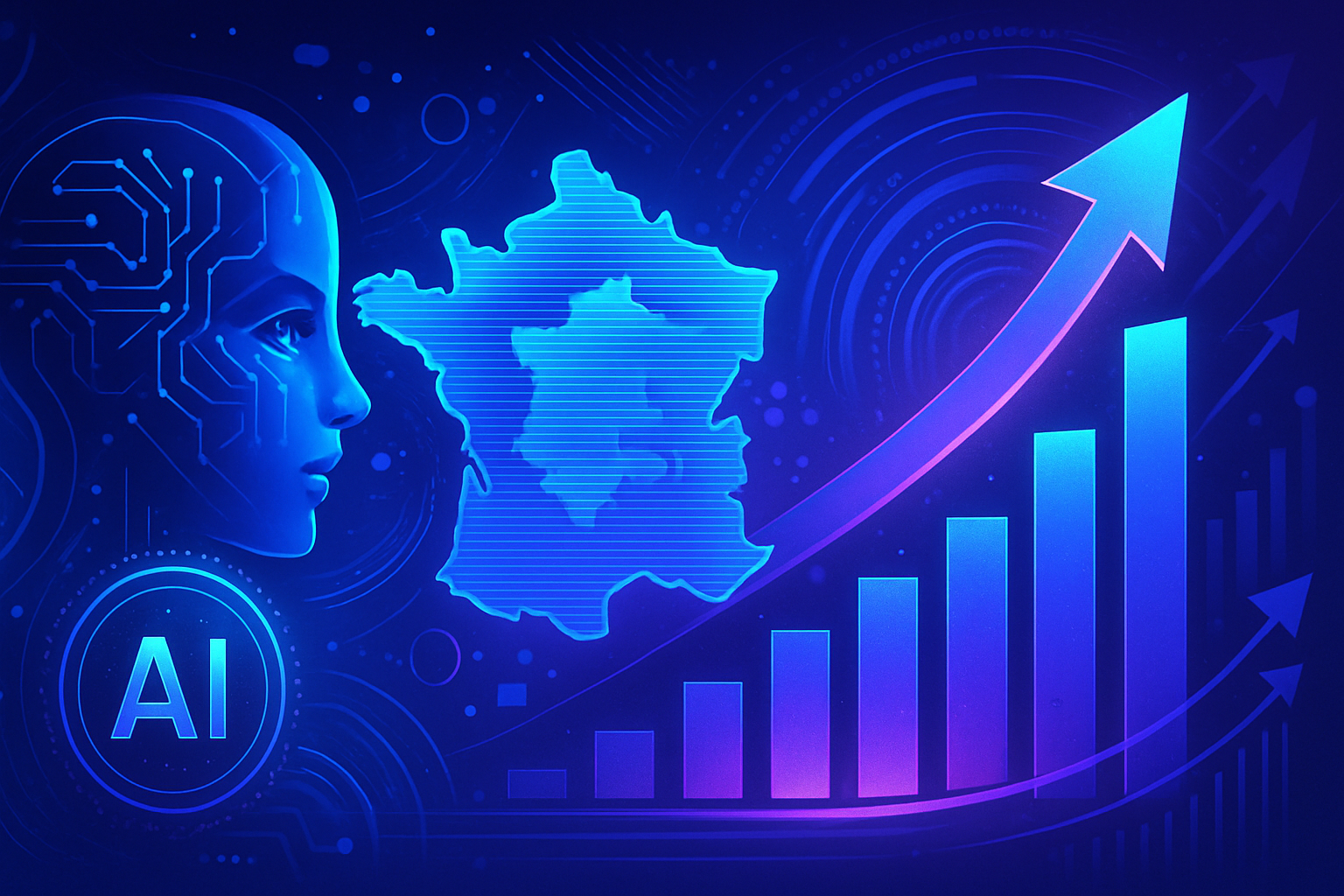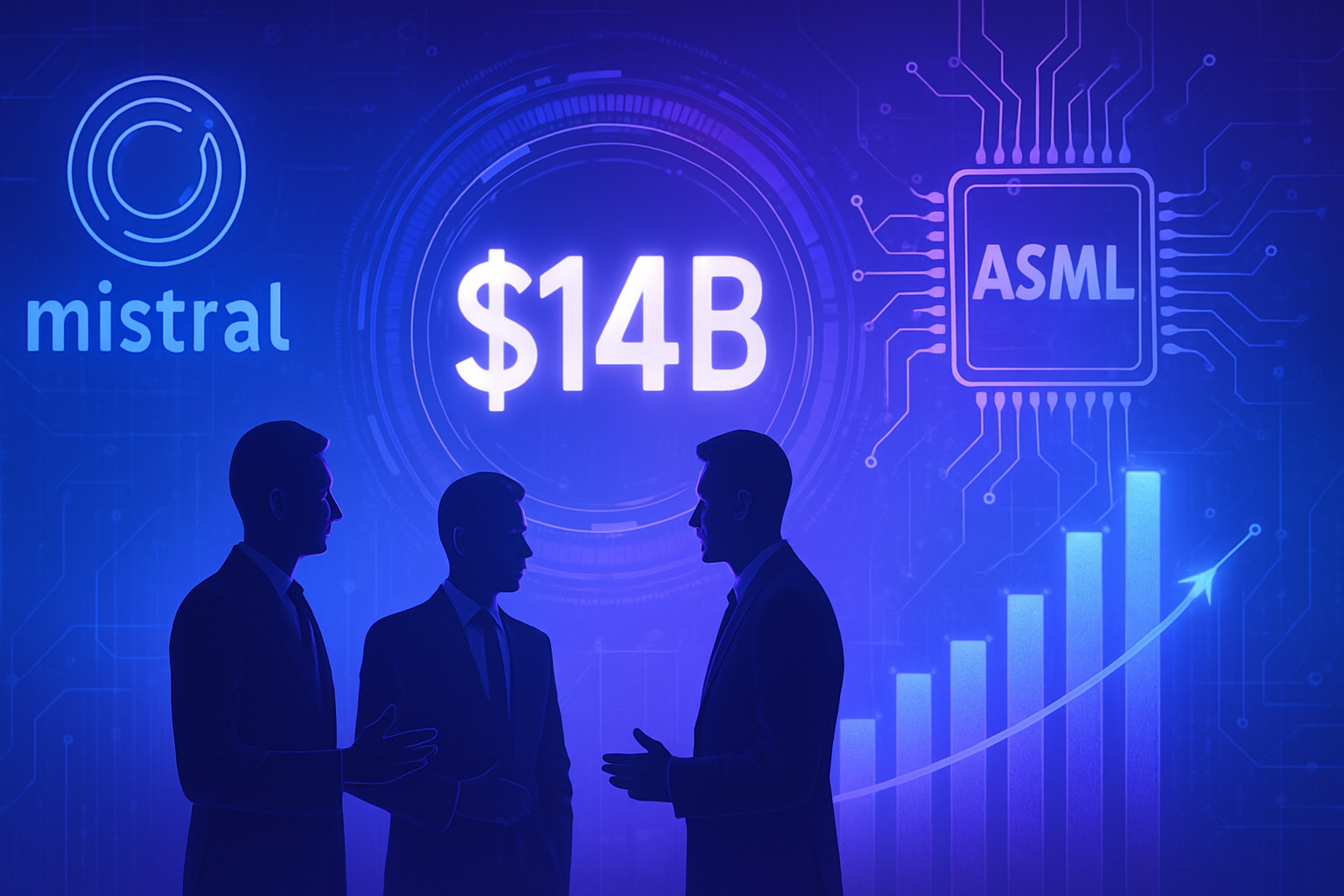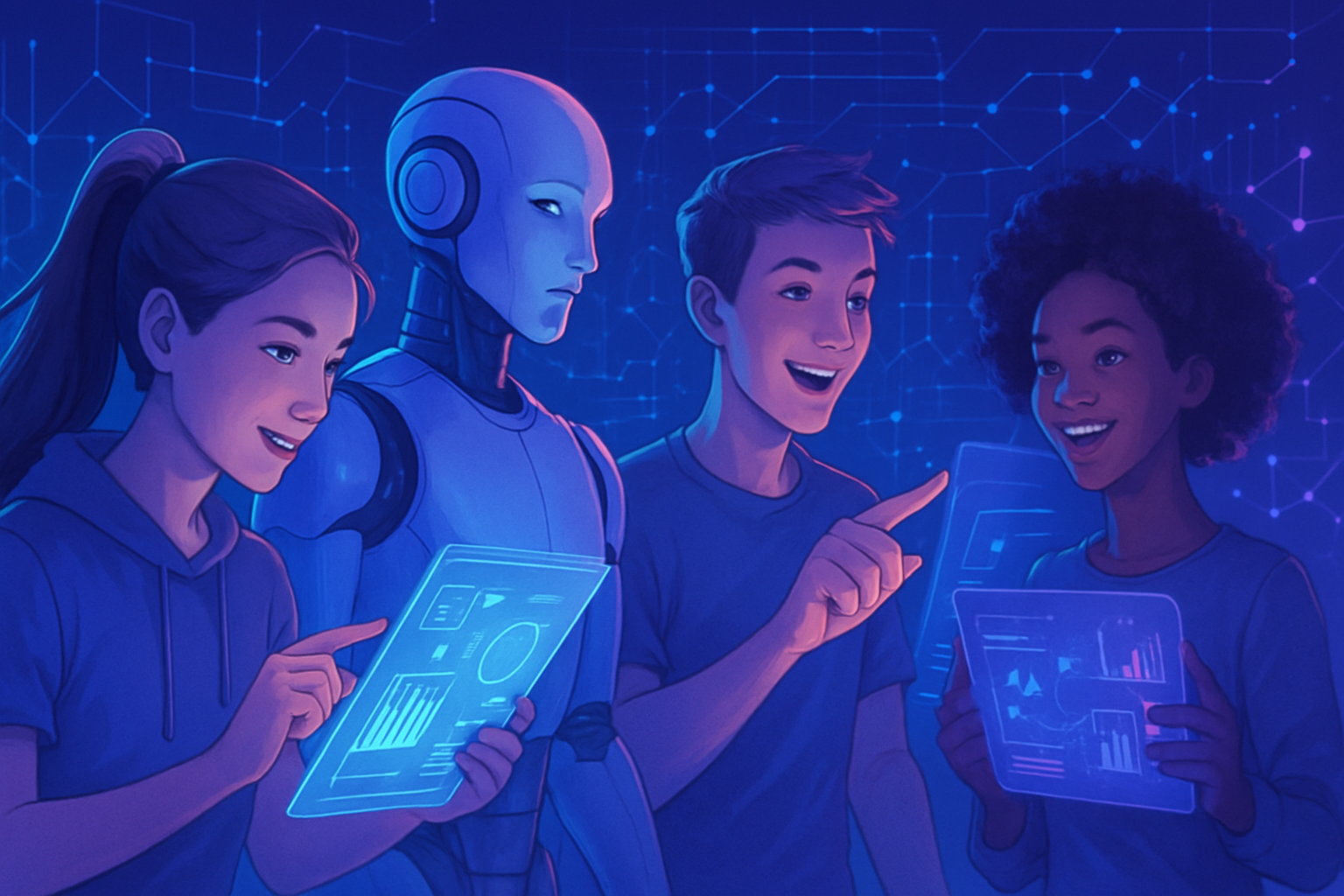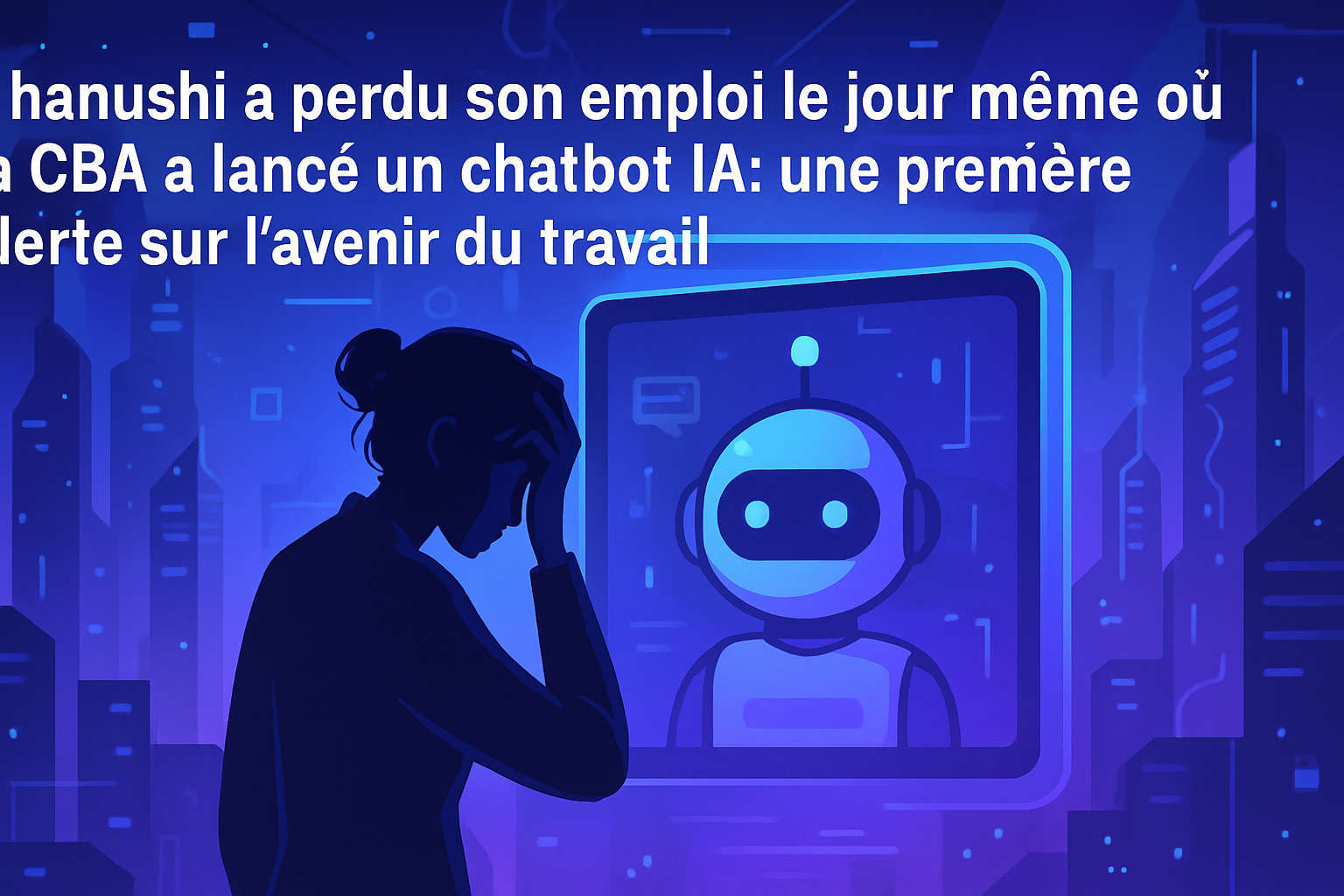Google is revolutionizing the medical field with AMIE, a virtual doctor equipped with an innovative ability to interpret medical images. This system redefines the standards of *clinical communication* by integrating essential visual elements into patient evaluations. By leveraging advanced algorithms, AMIE enables *authentic interaction* between AI and users, transcending the limitations of traditional text-based exchanges. This ambitious project aims to *optimize diagnostic accuracy* by combining human expertise and artificial intelligence, thus offering a new perspective on the future of healthcare.
Google continues to focus on medical innovation with its project AMIE (Articulate Medical Intelligence Explorer), an artificial intelligence designed to analyze medical visual information. With this development, AMIE aspires to transform the way healthcare professionals interact with visual data, such as dermatology photos and electrocardiograms.
Understanding Visual Information
AMIE stands out for its ability to grasp not only text but also to process rich visual elements. Previously, research focusing on AMIE had shown promise in text-based exchanges, but the complexity of medicine goes far beyond words. Physicians rely on visual observations, analysis results, and other tangible data to establish relevant diagnoses.
An Advanced Reasoning Framework
Google engineers have integrated the Gemini 2.0 Flash model as the main engine of AMIE, associated with a framework of state-conscious reasoning. This approach allows the artificial intelligence to adapt its responses based on accumulated knowledge and elements that need clarification. It functions similarly to the human clinical process by gathering relevant clues and information.
Interactions with Simulated Patients
Google has set up a sophisticated simulation lab to test AMIE in controlled environments. The project involved creating realistic patient cases, enriched with medical data from databases such as PTB-XL for electrocardiograms and dermatological images from the SCIN collection. This protocol allowed AMIE to interact with simulated patients and assess its performance in terms of diagnostic accuracy and error reduction.
Rigorous Performance Evaluation
The true evaluation of AMIE’s capabilities took place in a setting similar to Objective Structured Clinical Examinations (OSCE). During this remote study, 105 different medical scenarios were explored by actors trained to interpret clinical situations. Conversations between the actors and AMIE occurred on an interface allowing image sharing. This method facilitated a diligent analysis of AMIE’s skills in interpreting medical images.
Comparative Analysis Results
The results of this study revealed that AMIE often outperformed human doctors in interpreting multimodal data. Evaluators, consisting of specialists in dermatology, cardiology, and internal medicine, awarded the AI higher scores in terms of diagnostic accuracy. The lists of differential diagnoses provided by AMIE were deemed more comprehensive and precise.
Feedback from the actors playing the role of patients was also significant. Many of them perceived the artificial intelligence as more empathetic and trustworthy than human doctors during these text interactions. The study also highlighted that AMIE exhibited a number of errors comparable to human doctors when interpreting images, ensuring a satisfactory level of safety.
Future Perspectives
Google is looking ahead to new stages with AMIE, considering the integration of version Gemini 2.5 Flash. Initial testing has shown promising results in improving diagnostic accuracy and management plans. The team emphasizes that rigorous evaluation by expert physicians is necessary to validate these results before potential implementation in the real world.
Challenges to Overcome
Google recognizes the inherent limitations of this research, specifying that this study uses a simulated system that does not capture the complexity of real medical care. Challenges remain, especially the need to translate these interactions to more realistic contexts and transition to dynamic formats including video and audio.
This development of artificial intelligence in the medical field could pave the way for tools that assist practitioners and patients on a daily basis. Learning to harness these new capabilities can enhance the efficiency of care.
Frequently Asked Questions about Google AMIE
What is Google AMIE and what is its purpose?
Google AMIE, or Articulate Medical Intelligence Explorer, is an artificial intelligence system that learns to interpret medical images to assist doctors in their diagnostics and consultations by integrating visual information into communication.
How does Google AMIE learn to interpret medical images?
AMIE employs a framework of state-conscious reasoning combined with advanced models like Gemini 2.0 to analyze simulated cases, integrating various types of data (text and visual) to refine its diagnostic capabilities.
What types of medical images can AMIE interpret?
AMIE is capable of analyzing various types of medical images, including photos of skin conditions, ECG traces, and laboratory reports, thus facilitating a multimodal approach to diagnostics.
How does AMIE’s interpretation capability differ from that of a human doctor?
AMIE can rapidly analyze multimodal data and can conduct adaptive diagnostic discussions in real-time while integrating visual elements, allowing it to complement the work of a human doctor.
What tests were conducted to evaluate AMIE’s effectiveness?
Google conducted studies using simulated clinical scenarios where AMIE interacted with actors trained to represent patients, assessing its diagnostic performance against human doctors on points such as accuracy and image interpretation.
What is the difference between AMIE’s results and those of a human doctor in the tests?
The test results showed that AMIE often surpassed human doctors in terms of interpretation of data multimodal and diagnostic accuracy, earning it generally higher evaluations across various clinical criteria.
Can AMIE replace human doctors in the future?
While AMIE shows significant promise, it does not replace doctors; rather, it aims to assist clinicians by providing AI-based decision support tools.
What are the challenges to overcome before AMIE can be used in real clinical settings?
Challenges include the need for rigorous evaluations in real environments, managing the complexity of real-world medical care, and transitioning to real-time interactions via video and audio.
How is data privacy managed when AMIE interacts with patients?
Google emphasizes data protection and is committed to complying with privacy regulations, ensuring that all interactions are secure and respect patients’ informed consent.






